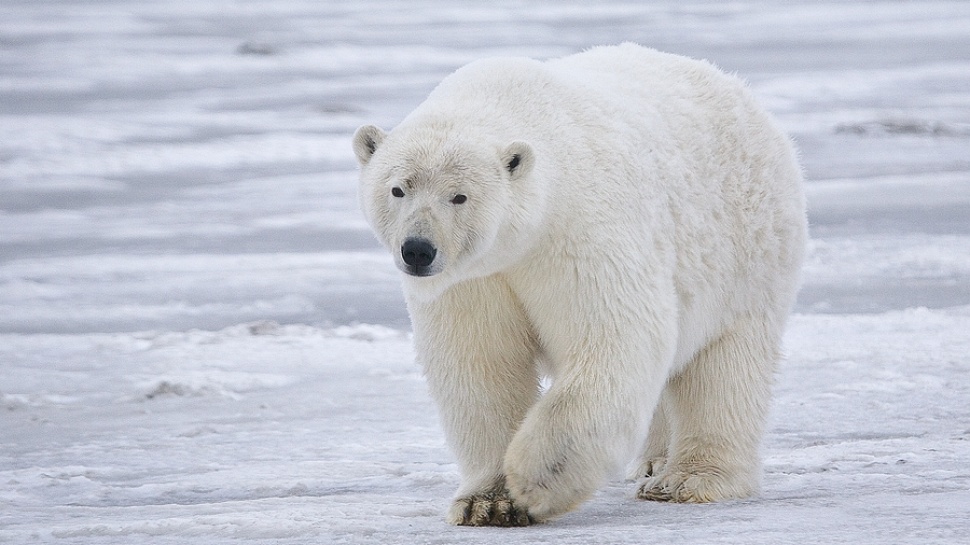With the recent new of global warning, and the statements that the polar bear is the first animal to become endangered because of global warming many people are wondering how many polar bears are there? That is a question that the answer is still being researched. No one really knows how many polar bears there are because they are hard to count and hard to find. Researches estimate that there are between 22 000 and 40 000 polar bears in the world. Close to half of the polar bear population lives in Canada.
With majority of the polar bear population living in northern Canada, then where does the rest of the population of polar bears live? Most polar bears inhabit the Arctic and around the North Pole (not including polar bears that are captive). The countries that encompass the Arctic include Canada, Russia, Norway, Denmark (Greenland) and Alaska (United States).
Polar bears, like other bears are both herbivores and carnivores, they are omivores. Which means they eat both plants and meat.
During the summer months, polar bears come ashore. During this time they forge for berries and eat plants. What kind of berries do polar bears eat? The eat the berry that is named for them "bearberries." There are three different species of bearberries. Polar bears like them all! Bearberries are described as having small leathery leaves, white or pinkish urn-shaped flowers, and red berrylike fruits. Also called kinnikinnick. Bearberries are adapted to arctic and sub arctic climates. Bearberries have a circumpolar
distribution and can be found North America, Asia and Europe.
Scientists who have been working in the polar and arctic regions have taken ice core samples from deep within the snow and ice that cover the northern pole. They have made alarming discoveries. The C02 (carbon dioxide) levels have never before, over the last ten thousand years has reached 300 parts per million (ppm). However, within the last few decades the carbon dioxide level has not only reached 300 ppm, but also has surpassed it greatly. What does that mean? It means that the earth now has more carbon dioxide in the atmosphere. The Earth’s atmosphere is now getting thicker, and not allowing as much heat from the sun to go back into space. The green house gasses, CO2, is holding this heat back, raising the temperature of the Earth. You may be thinking, well that is O.K.I like it warm. However, if this trend continues, then in about 50 years the earth will be so warm, that the Polar Regions, the regions that the polar bears depend on for survival, will no longer exist.




Share the News